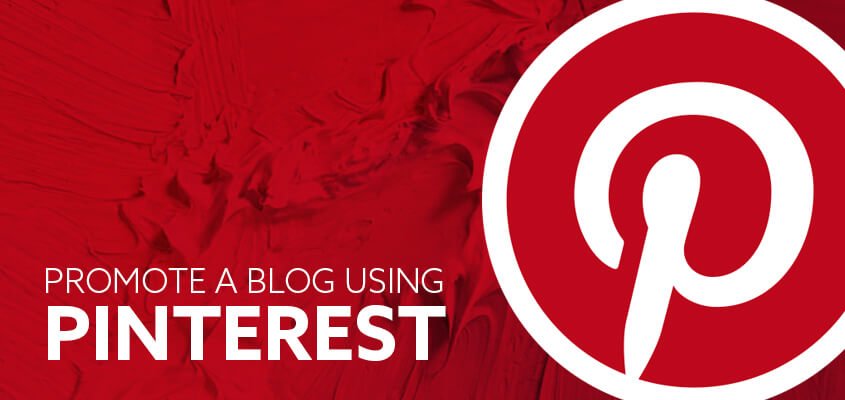Pinterest offers users an easy way to pin important posts and pages on the web and save them to Pinterest boards. People save all sorts of things on various boards created on the social media site including quotes, recipes, posts, ideas, to-do lists, and much more. If you have the Pinterest plugin activated in your browser, you even have the option to pin a post to one of your Pinterest boards.
What many people don’t know is the immense marketing potential that the social media website offers. If you’re looking for ways to use Pinterest to drive high-quality, targeted traffic to your website or blog, then read on.
Pinterest Blog Promotion: Getting Started
First, sign up for a Pinterest business account. This gives you access to detailed insights into your pin behavior through Pinterest Analytics.
Another benefit of Pinterest Analytics is the ability to upgrade to Rich Pins, which have the following six types:
- Article
- film
- Recipe
- app
- Location
- product
Article rich pins are best for promoting your blog, but you can always use other rich pin types. In addition to the standard pin, you can add a heading and a larger image logo to a rich pin. You can also add a link to your website.
To use Pinterest to promote your blog, you should customize your Pinterest account to reflect your brand’s identity.
Create a new board and name it after your blog or website
![]()
This is important from an SEO perspective. It also helps your blog readers find you on Pinterest. If there are posts that don’t fit into any of the other categories, you can add them to this forum. You can also use this forum to share company news and updates. You also have the option to group similar posts into separate sections of the forum. For example, you can group posts for areas like company updates, sales, marketing, and more. This allows people to get a better picture of your organization, its core functions and the team that implements them.
Each Pin you add to the board must have a one- to two-line description. Don’t forget to add the featured image and your website link.
Create engaging Pins
![]()
According to Pinterest, the following pins are responsible for high engagement:
Optimized: You can use the description section of the pin to add relevant details. This helps with pin discovery and is useful for SEO. Tell readers what value they will get from the pin.
Branded: Adding a logo and a featured image can help you achieve this. Use a high-quality photo that is related to the post you are sharing. It should tell pinners what the pin is about.
Well written: Add a call to action to the pin. It forces users to take positive action. If you’re not sure, you can simply write at the end of the pin description: “Click the link to see more!”
Well structured: When adding photos, consider Pinterest’s aspect ratios. Use different elements of the Pin in proportional amounts to make it easier and quicker for users to decide whether to pin it.
Improve your Pin SEO
![]()
There are some SEO elements that you need to be aware of.
Make sure your Pinterest account is discoverable. Go to the account’s privacy settings and enable the “Public Search” option if it is disabled.
Next, use keywords that are most relevant to your blog to name different boards.
When adding featured images in Pins, don’t forget to include alternative text. This is the text description that search engines display when the pin is accessed on a device that cannot display images. Incorporate keywords into the alt text description for further SEO benefits.
If you need help using social media to promote your blog or website, contact Reach First, Edmonton’s leading digital marketing and social media management agency. In addition to social media optimization, we also offer paid marketing services such as Facebook ads. Contact Reach First today.

